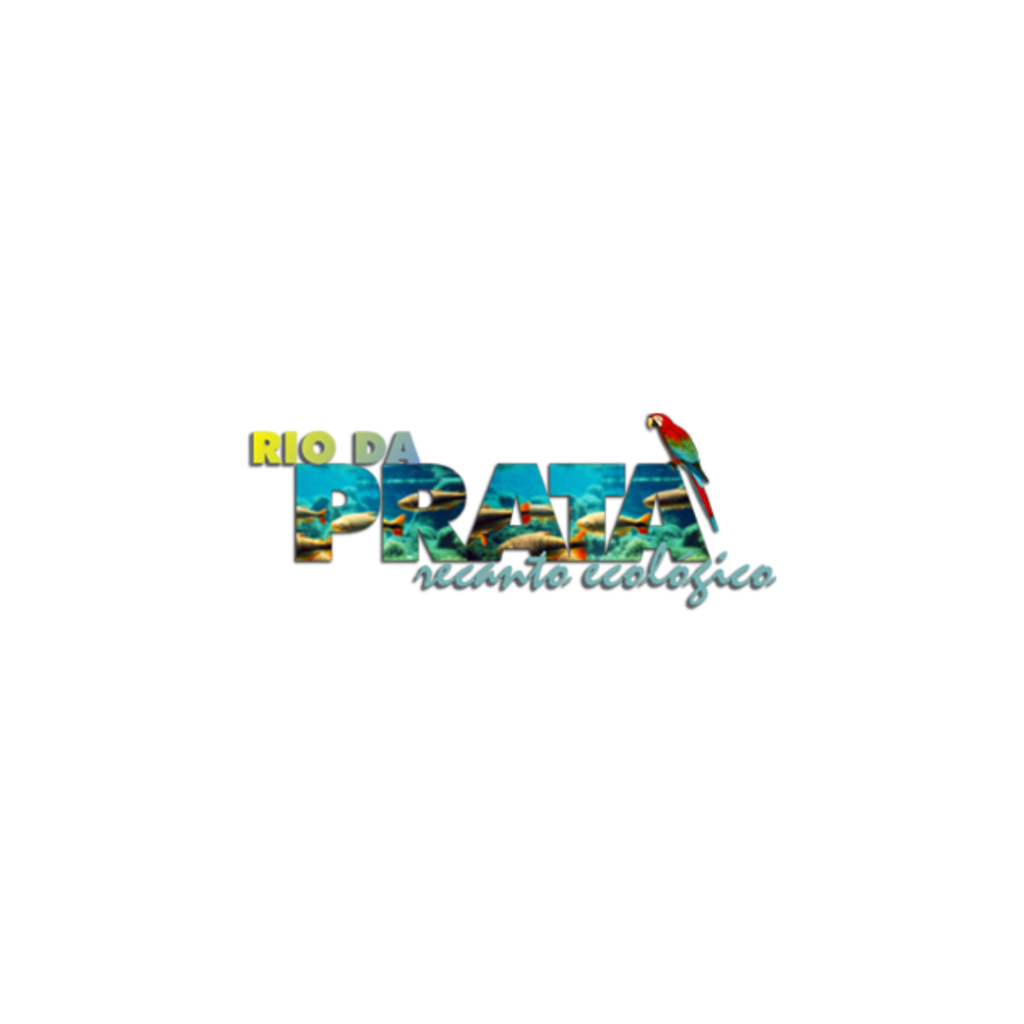In the shadow of overtourism, climate change and cultural erosion, the tourism industry is at a crossroads, with one path leading to a deeper, more holistic approach known as regenerative tourism. This forward-thinking concept seeks not only to mitigate the negative impacts of travel, but to actively improve the environmental, social and economic fabric of destinations worldwide. Through the lens of real examples, we explore the transformative power of regenerative tourism and its potential to redefine our travel experiences.
The Essence of Regenerative Tourism
By aiming to leave destinations better than they were found, regenerative tourism goes beyond traditional sustainability. It focuses on revitalising ecosystems, strengthening community ties and ensuring tourism supports the overall wellbeing of host areas. It’s a method that sees tourists as active participants in regeneration, not just visitors.
Real-World Examples of Regenerative Tourism
Brazil: Sustainable Tourism in Bonito, Mato Grosso do Sul
The region of Bonito in Mato Grosso do Sul, Brazil, has become a beacon of regenerative tourism. Known for its crystal-clear rivers and rich biodiversity, the city of Bonito has achieved Carbon Neutral Certification and has implemented strict environmental regulations and innovative practices to ensure that tourism makes a positive contribution to the conservation of the environment and the well-being of the community.
As a result, tour operators and local stakeholders such as Rio da Prata Recanto Ecológico and Estância Mimosa are working together to preserve the area’s natural beauty while offering tourists an immersive experience in one of Brazil’s most stunning natural landscapes.
Costa Rica’s Conservation Efforts
Costa Rica’s commitment to nature is evident from its extensive network of national parks and protected areas, which cover more than a quarter of its land area. The country’s innovative payment for ecosystem services program compensates landowners for conserving forested areas, thus promoting biodiversity and attracting eco-conscious travelers.
Tourism companies in Costa Rica such as Tulu Travel and Swetours are helping to conserve the country’s rich biodiversity and reforest areas destroyed by deforestation through regenerative tourism initiatives. Green Initiative’s Forest Friends project in Costa Rica’s Osa Peninsula has also attracted the attention of other companies such as CEPA, which has not only reduced its carbon emissions (CO2e) from its study abroad programmes in 2021, but has also planted over 4,000 native trees to date.

In the lush landscapes of the Peninsula de Osa, Green Initiative has partnered with the local Saimiri Foundation to undertake a significant ecosystem restoration project. This collaboration focuses on reviving the region’s rich biodiversity including many endangered species, in particular the Tití Monkey which is threatened by deforestation for agriculture and development. By integrating regenerative practices into the local tourism model, they ensure that every visitor contributes to the environmental health of the area, turning what was once a footprint into a lasting positive impact.
New Zealand’s Pioneering Approach
New Zealand has long been at the forefront of integrating sustainable practices into its tourism sector. The country has taken this commitment further by embracing the principles of regenerative tourism. Tourism New Zealand’s strategy is to encourage visitors to travel more consciously and engage in activities that have a positive impact on the local environment and communities.
One example is the Tiaki Promise, where visitors pledge to look after Aotearoa New Zealand for future generations by committing to care for the land, sea and wildlife by treading lightly and leaving no trace; to travel safely by showing care and consideration for all; and to respect the culture and local communities by travelling with an open heart and mind.
The Transformation of Palau
The Pacific island nation of Palau has introduced a pioneering policy to ensure that tourism contributes positively to the environment and local communities.
The Palau Pledge is a formal promise that all visitors must sign upon arrival, committing them to act in an ecologically and culturally responsible way on the island.
This initiative, combined with sustainable tourism practices and vast marine protected areas helps to protect and regenerate Palau’s delicate island and marine ecosystems.

Peru: Pioneering Projects in the Amazon and Dry Forests
In Peru, Green Initiative works closely with Inkaterra Associación to regenerate critical ecosystems in two distinct regions: Tambopata in the Madre de Dios region, one of the planet’s most biodiverse areas, with a high plant biodiversity of up to 300 tree species/ha, and the Chaparrí Ecological Reserve in the Lambayeque dry forests, where the aim is to safeguard animal and tree species including several IUCN Red List species such as the Andean Bear.
Travel agencies in Peru like Kuoda Travel are contributing to the conservation of the region by actively participating in the restoration of ecosystems.

These Forest Friends projects not only aim to restore the natural environment but also involve local communities in tourism, ensuring that they benefit economically and socially while maintaining their cultural heritage. This approach has proven effective in preserving biodiversity and enhancing the ecological resilience of these vital areas.
Slovenia: A Green Heart in Europe
Slovenia is setting benchmarks for regenerative tourism in Europe. Recognized as one of the continent’s greenest countries, Slovenia promotes eco-friendly tourism through its Green Scheme of Slovenian Tourism (GSST), a certification program that supports sustainable development.
The country’s emphasis on preserving its natural landscapes and promoting local cultures has contributed to the regeneration of rural areas, turning them into thriving tourist destinations that prioritize the well-being of nature and inhabitants alike
The Path Forward
These examples illustrate regenerative tourism’s profound impact on preserving and enhancing destinations for future generations. By focusing on regeneration, the tourism industry can contribute to solving global challenges like climate change, biodiversity loss, and social inequality.
The success of regenerative tourism hinges on collaboration among all stakeholders—governments, businesses, local communities, and tourists. It requires a shift in mindset from merely using natural and cultural resources to actively contributing to their resilience and revival.
Green Initiative’s Role in Shaping Climate Action in Tourism
Green Initiative’s contribution to regenerative tourism extends beyond project-specific collaborations. As members of the Glasgow Declaration for Climate Action in Tourism, we have developed a comprehensive Climate Action Guide for Tourism Destinations, reviewed by the United Nations Environment Programme (UNEP), United Nations World Tourism Organization (UNWTO), United Nations Climate Change (UNFCCC) and United Nations Conference on Trade (UNCTAD). It helps tourism organisations and destinations establish baseline emissions, monitor changes in carbon footprints, set emissions targets and evaluate progress, offering a practical roadmap for decarbonization. It also provides guidance on publicizing climate commitments and successes, accelerating the decarbonization of global tourism.

Regenerative tourism represents a hopeful vision for the future of travel, one where our wanderlust contributes to healing the planet and enriching communities. As more destinations adopt regenerative practices, we can look forward to a world where tourism acts as a force for good, creating a legacy of positive change and regeneration. This paradigm shift in how we travel can lead us to a more sustainable, equitable, and flourishing world for all.
Written by Frédéric Perron-Welch and Yves Hemelryck, from the Green Initiative team.




















